Your Cart is Empty
A Brief Fashion History: The Role of Clothing Patches in Counterculture
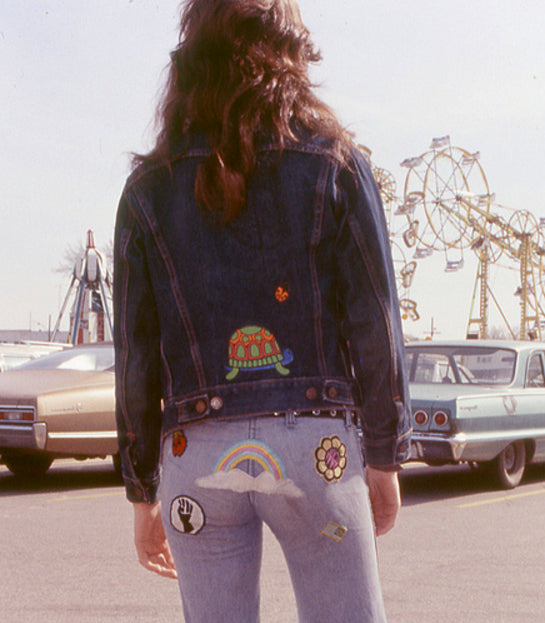
Embroidered patches weren't always fashionable. For hundreds of years, they were worn only for practical uses like covering up holes in threadbare clothing and labeling people in uniform. But for the past several decades, they've come symbolize many different things to many different people.
Search vintage patches on eBay and you'll see that these tiny fashion icons have not only held up, but there's still a demand for them. If you go back through fashion history, you'll see that the start of the lasting impact of patches in the fashion world started where so many trends do — in the streets.
In the early 1960s, a counterculture of young people were flooding the streets to protest the Vietnam war. They were reciting beat poetry and and forming an intellectual uprising to confront and uproot centuries old systems of a traditional America. But in the mid-1960s, a new counterculture arose, armed with flowers, patches, headbands and peace signs. Hippies, were protesting the protests. They were embracing nature, love and empathy and ditching the traditions of the Western middle class to form their own idealist communities.
The Seventies
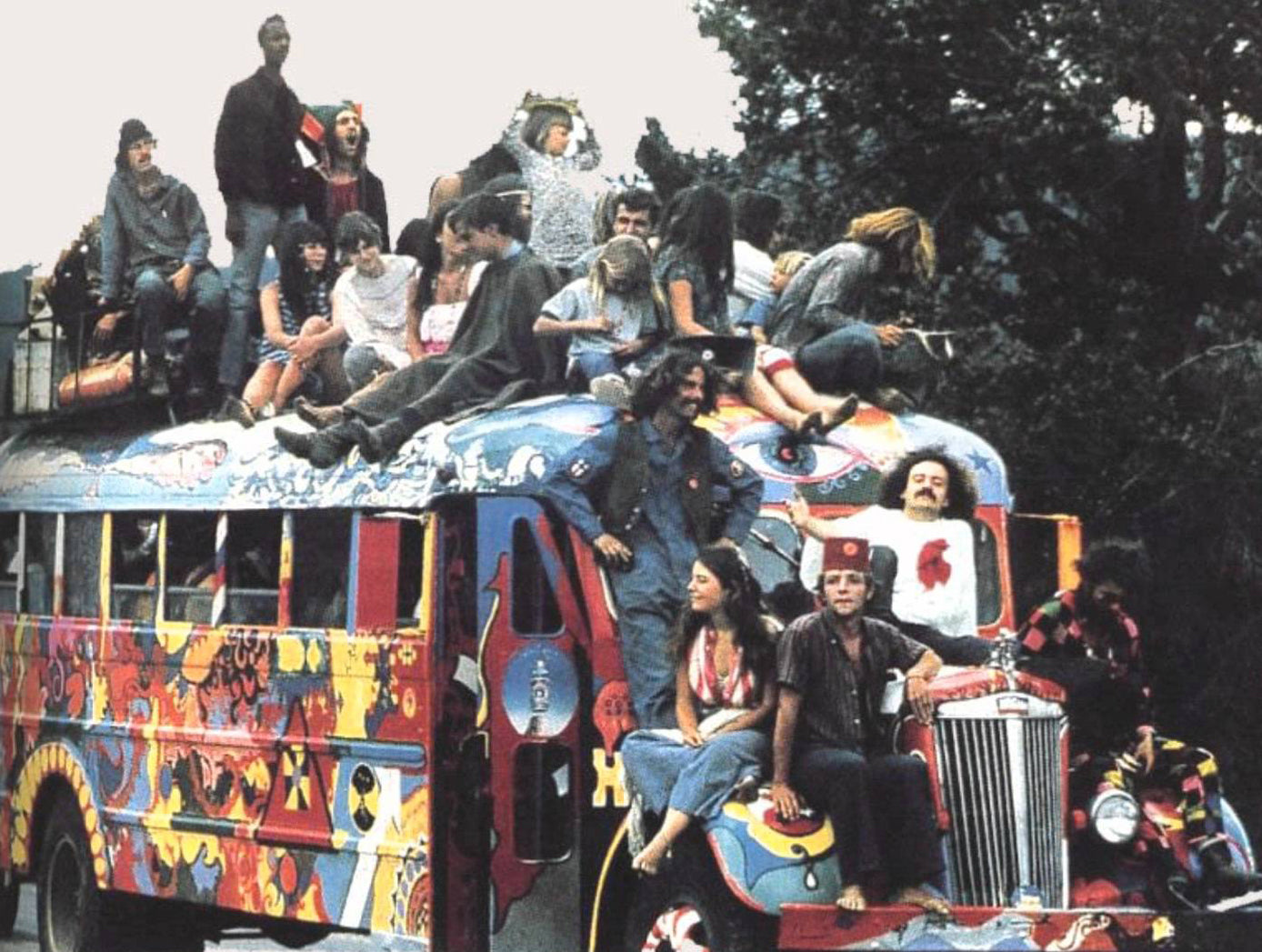

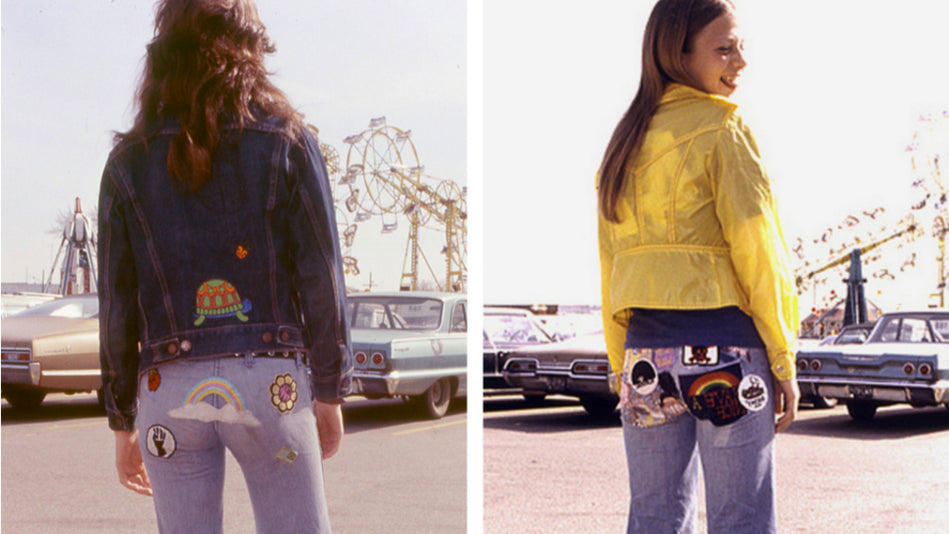
While hippies were focused less on the mainstream and more on going against the current, their movement affected trends worldwide. However unintentional, their movement was not only of morals, but of fashion. They abandoned tailored suits and politely tasteful attire and defined their stance by keeping things flowy and au natural in long dresses, shabby jeans and wearing their hair natural. Seventies attire is definitely seeing a resurgence on runways, but the look was rooted in pieces much more shabby than chic.
Hippies donned military surplus attire, second-hand frocks, and started repairing and embellishing their looks with none other than clothing patches. Printed or embroidered, cheeky or satirical, their radical patches looked cool and showed off icons of their movement.
The Eighties


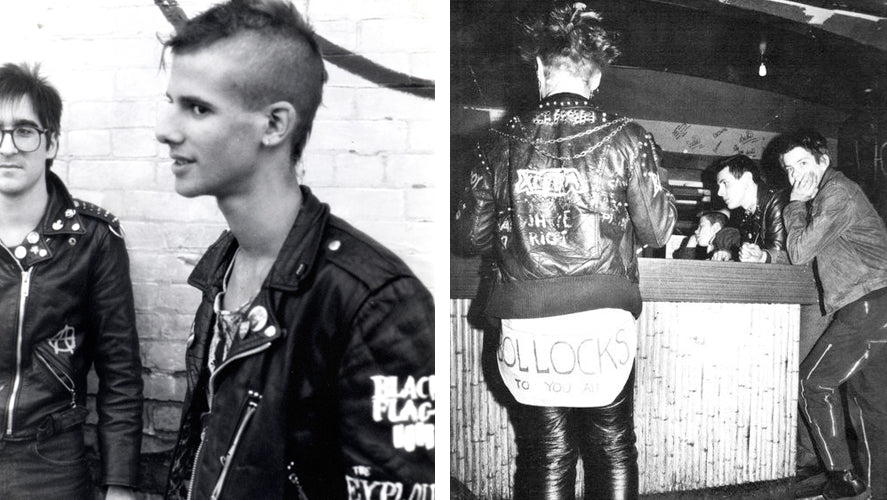
Though they had a new look, patches fulfilled the same role in counterculture fashion — a badge of identity, personality, and even solidarity.
Well into the late ‘70s and early ‘80s the U.S. counterculture continued to fold and morph into what became the punk movement. People were done using peace and love to solve their problems, and they’d taken to anger and spikes. The contagious spirit of anarchy even spread across the pond to create a special brand of British punk with Vivienne Westwood at the helm of anti-fashion. Instead of patches embroidered with peace signs and flowers, street punks wore cloth patches of their favorite bands and mantras across shoulder or back patches.
Their patches were roughly stitched or safety pinned onto to worn-in leather jackets and ripped denim vests, and though they had a new look, patches fulfilled the same role in counterculture fashion — a badge of identity, personality, and even solidarity.
Modern Day
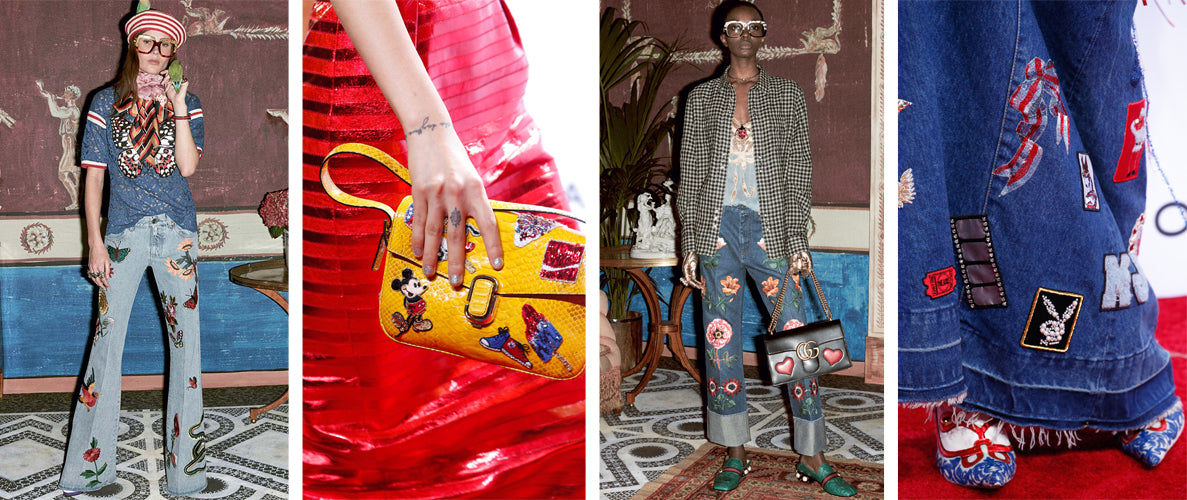

Patches have spanned multiple wars and social causes, bringing a louder voice to people’s personal fashion. But they don’t no longer need a special cause to be relevant. From offbeat vintage finds to mainstream runways, they’re always being revived, adapted, and repurposed.
Just last year, the Marc Jacobs accessories runway was embellished with striking patches on bags and denim culottes. Even Gucci premiered a 2016 pre-fall line featuring preppy, patchy pieces, that look like they’re straight out of a Wes Anderson era. Vintage-inspired, tropical jackets, pants and bags — all adorned with embroidered patches. The brand’s Creative Director Alessandro Michele said about the clothing line, “My idea of what the Gucci man and woman are is the idea I see in what was in the past and should be revitalised once again. Their identity should be found in the streets. That's where everything happens now.”
And in the streets, patches continue to be a pulse not only on social and political climates, but personal fashion and identity. Wear your patches with pride and join the ranks of fashion history.
We're love finding the origins of pins and patches. To see more about how these trends have evolved, subscribe to the newsletter for weekly updates from the blog.
Also in Asilda Blog

Why I started Vlogging - My 3 Reasons
The first month of vlogging is done and now I get asked more and more about why I started all this, and especially right now. So here are my three reasons.
Read More
Cecilia Humboldt Camera Backpack Review
Join me in reviewing this Cecilia Humboldt 14L in Black Leather Camera Backpack I got to test out. The leather is buttery smooth and the bag is very enjoyable to use.
Read More
Neon Signs: A Symbol of America
When you think Americana, neon signs are always a big part of the visual. In this article, you'll find out about the history of neon signs...
Read More
